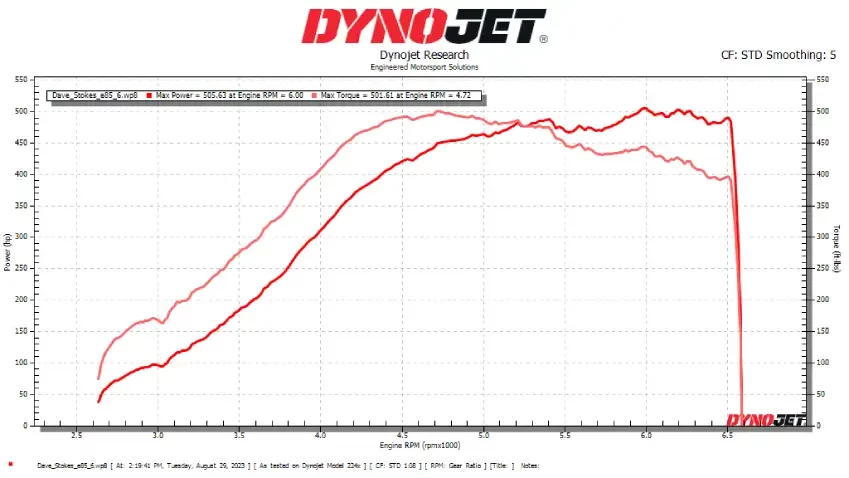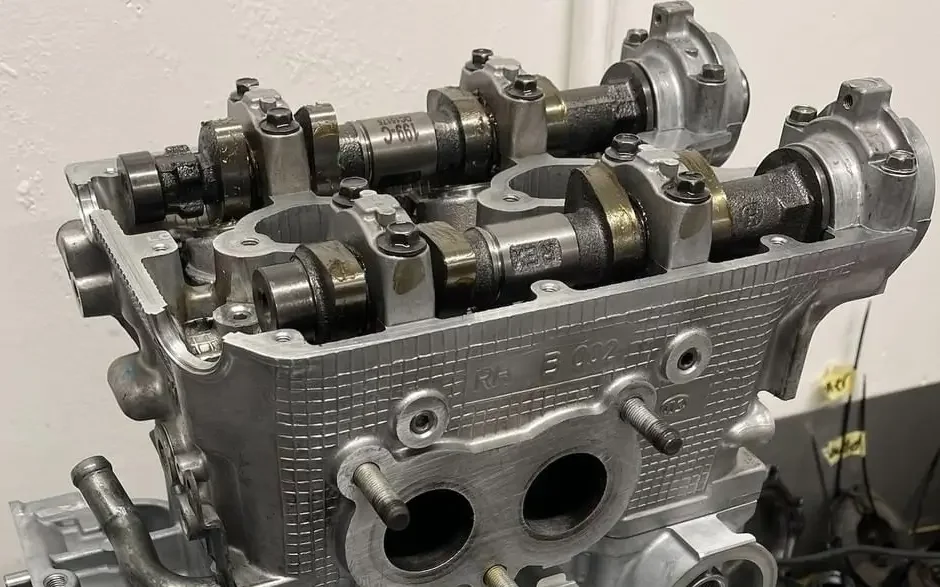How to Select The Right Camshaft?
Find the Right Camshaft for Your Engine Build?
Not all camshafts are created equal. You need to be very careful when choosing a new camshaft for your car, as choosing the wrong one can significantly drop your engine’s power.
Upgrading a camshaft is a very technical and complicated subject. Here are a few different factors of a car’s performance that a Kelford Cams camshaft can improve and deliver:
• Increased engine torque
• Improved RPM performance
• Enhanced horsepower
• Better engine idle smoothness
• Higher engine speed performance
• Superior fuel efficiency
Again, it’s not as simple as drop in a camshaft & you go faster. Several factors change depending on your car and what you require. Results will vary based on a number of options. For better understanding please watch video and/or review questions and answers below.
VIDEO CHAPTERS
00.30 - What application is the vehicle to be used for?
01.10 – Horsepower are you trying to achieve?
01.43 – Powerband/RPM are you wanting to achieve?
02.21 – Are you running a turbo?
02.55 – Type of Fuel
03.22 – Combo rundown
03.45 – Gearing rundown

Camshaft Application
How to select the right camshaft for your application?
Simple question but the application answer will usually paint a picture on the operating range of the engine, a tough street car still wants to have a strong mid-range to pull through the gears while a drag car can run a narrow power band high in the rev range around peak power. If it is a daily driver then idle quality and “off-idle” acceleration are important too. This can help determine the “size” of the cams.

Horsepower Requirements
In a similar vein to the application, the horsepower target will help determine the “size” of the cams. It helps narrow the specs down again dependent on specific application.
A 2.0lt 300hp turbo street car and a 3.0lt 1700hp turbo drag car have very different requirements, but a 2.0lt 300hp N/A and that same 1700hp turbo drag car may actually have similar cams specs

Powerband/RPM Requirements
We ask this question to determine the duration of the cams, typically shorter duration cams are suited to lower RPM ranges and longer duration cams are suited to higher RPM ranges.
Or perhaps a narrow operating band but high torque is required for say a jet boat, or a wider torque band for smoother power delivery in a traction limited race class.
This will also help with other parts such as follower and valve spring selection
Of course this is only relevant if you are running a turbo (or Supercharger) and is useful to try and work out with the application and power target are achievable by the turbo frame size. Housing sizes can influence powerband and torque band, so trying to compliment this with cam profiles is important
The answer is useful to determine if any extra cam or valve timing is required to compensate for the density of the fuel in the intake charge. Say converting from a petrol based engine to a methanol fuel will increase how much fuel is physically in the intake charge travelling through the head and in some cases needs to be accounted for.
It is also useful for determining power output capability of the combo.
(Stroker, Head Work, Intake/Exhaust etc)
Helps with determining what the combo is capable of and what constraints it may have.
It may be a long stroke engine that has a limiting piston speed for RPM, or maybe it’s just completely stock from the air filter to the muffler and too much cam would only hurt performance
(Stock, H Pattern, Sequential, etc)
As it can help fine tune the cam timing requirements, a heavier car with less gears or long gearing might want something a little shorter in duration and tighter on lobe separation to maximise torque to move the car, where a light car with tight gearing can make more use of a shorter power band that is more suited to high end power at the expense of mid-range torque. It can also help with valve train recommendations such as dealing with the BANG! from the exhaust on the upshift of a sequential gearbox application
If we are able to get all of this info to begin with we can help you with selecting the best suited set of cams and associated valve train parts to give the best performance for your setup specifically


















